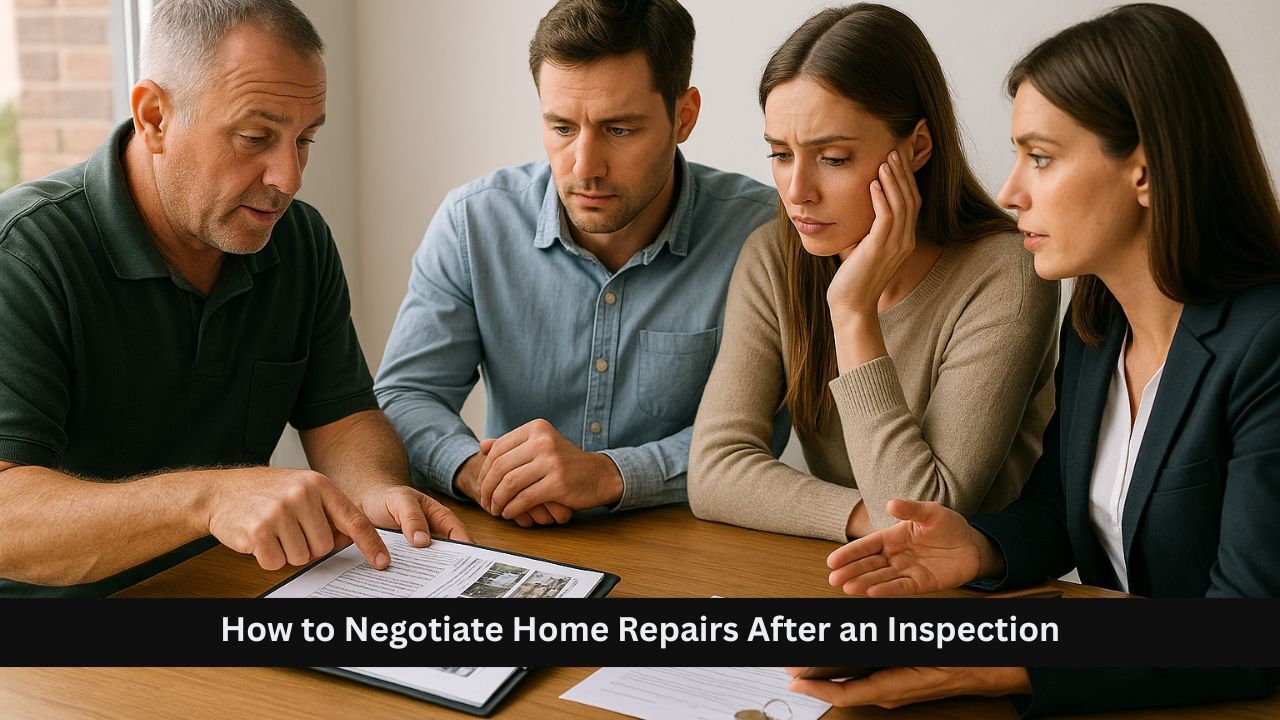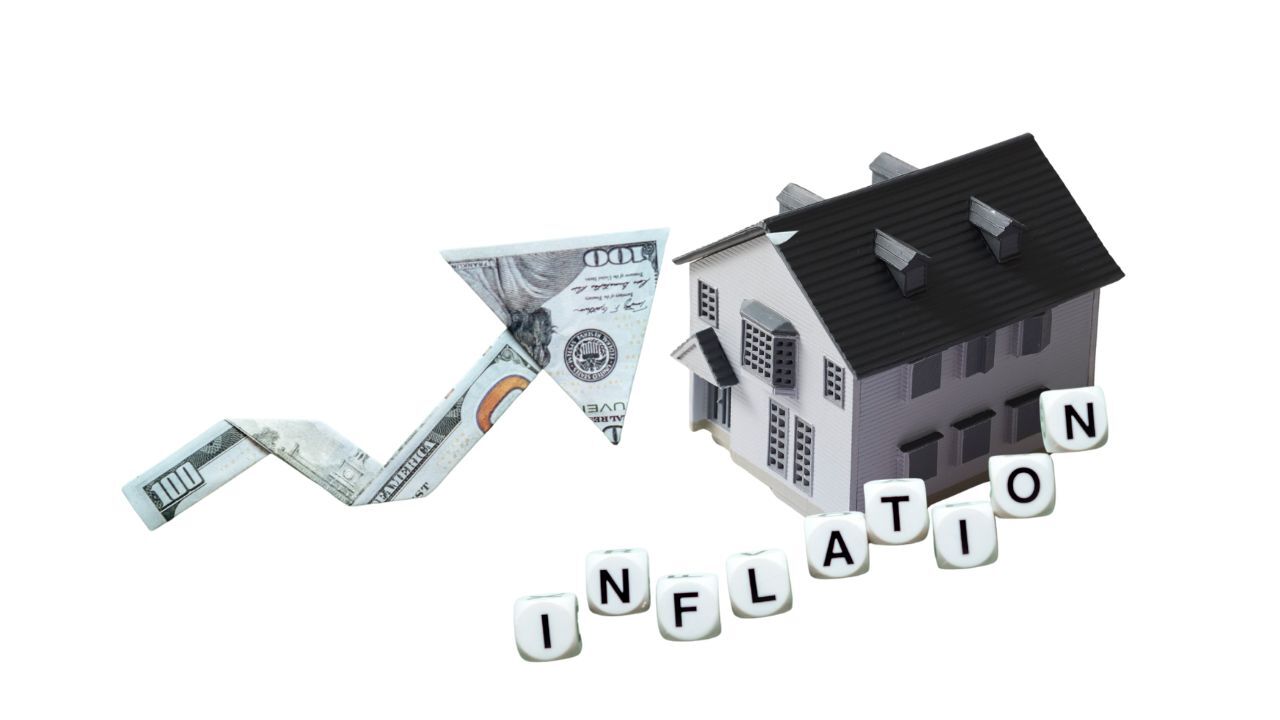
With the ongoing government shutdown, other major releases have hit a snag, as there is still very limited information for when the shutdown may end. The largest and most impactful releases continuing to move forward are those from third-party sources still publishing data — such as the Consumer Sentiment reports — which show that consumers remain concerned about inflation but have recently grown more optimistic about the labor market.
As expected, the Federal Reserve cut rates again by another 25 basis points. However, Chairman Jerome Powell remains skeptical that another rate cut will occur anytime soon.
Consumer Sentiment
Consumers were more optimistic about the labor market outlook in October, according to a new survey from the Conference Board released Tuesday. The survey’s so-called labor-market differential — which measures the gap between the percentage of consumers who say jobs are “plentiful” and those who say jobs are “hard to get” — rose to 9.4 in October from 8.7 in the prior month.
Primary Mortgage Market Survey Index
• 15-Yr FRM rates saw a decrease of -0.03% for this week, with the current rate at 5.41%
• 30-Yr FRM rates saw a decrease of -0.02% for this week, with the current rate at 6.17%
MND Rate Index
• 30-Yr FHA rates saw an increase of 0.06% for this week. Current rates at 6.01%
• 30-Yr VA rates saw an increase of 0.06% for this week. Current rates at 6.03%
Jobless Claims
Initial Claims were reported to be delayed until further notice.
What’s Ahead
U.S. employment data, if released next week, are likely to be the most significant reports to watch.
 Home appraisals are a crucial step in the home buying process. It determines the property’s fair market value and helps lenders decide how much money to loan for the purchase. Ideally, the appraisal matches or exceeds the agreed-upon purchase price. However, when the appraisal comes in lower than expected, it can cause stress for both buyers and sellers. Knowing how to handle this situation calmly and strategically is key to keeping the deal on track.
Home appraisals are a crucial step in the home buying process. It determines the property’s fair market value and helps lenders decide how much money to loan for the purchase. Ideally, the appraisal matches or exceeds the agreed-upon purchase price. However, when the appraisal comes in lower than expected, it can cause stress for both buyers and sellers. Knowing how to handle this situation calmly and strategically is key to keeping the deal on track. A home inspection is one of the most important steps in the home buying process. It gives buyers a clear picture of the property’s condition and can uncover issues that are not visible during a showing. From roofing problems to electrical concerns, an inspection helps ensure you know exactly what you are purchasing. However, once the report arrives, the next step, and negotiating repairs, can feel overwhelming.
A home inspection is one of the most important steps in the home buying process. It gives buyers a clear picture of the property’s condition and can uncover issues that are not visible during a showing. From roofing problems to electrical concerns, an inspection helps ensure you know exactly what you are purchasing. However, once the report arrives, the next step, and negotiating repairs, can feel overwhelming. Buying a home is an emotional and financial journey, and most buyers expect the process to move smoothly once an offer is accepted. However, there are times when a seller decides to back out of the deal. This situation can be stressful, especially for buyers who have already started preparing for closing. Understanding your rights and the possible outcomes can help you respond calmly and confidently.
Buying a home is an emotional and financial journey, and most buyers expect the process to move smoothly once an offer is accepted. However, there are times when a seller decides to back out of the deal. This situation can be stressful, especially for buyers who have already started preparing for closing. Understanding your rights and the possible outcomes can help you respond calmly and confidently. Choosing the right type of home is one of the most important decisions a buyer can make. Condos, townhouses, and single-family homes each offer unique benefits and challenges. The best choice depends on your lifestyle, budget, and long-term goals. Understanding what sets them apart can help you make a confident and informed decision.
Choosing the right type of home is one of the most important decisions a buyer can make. Condos, townhouses, and single-family homes each offer unique benefits and challenges. The best choice depends on your lifestyle, budget, and long-term goals. Understanding what sets them apart can help you make a confident and informed decision. Inflation affects nearly every part of the economy, from grocery prices to the cost of borrowing. For homeowners and buyers, understanding how inflation impacts mortgage rates and payments can be a powerful advantage. While rising prices can feel discouraging, there are strategic ways borrowers can benefit during inflationary periods.
Inflation affects nearly every part of the economy, from grocery prices to the cost of borrowing. For homeowners and buyers, understanding how inflation impacts mortgage rates and payments can be a powerful advantage. While rising prices can feel discouraging, there are strategic ways borrowers can benefit during inflationary periods.